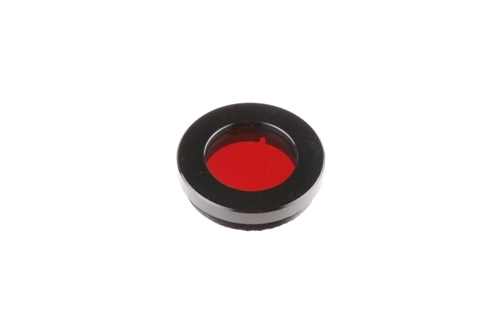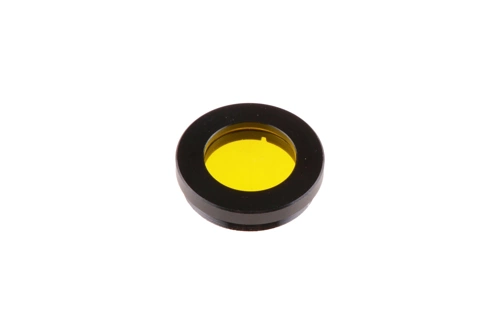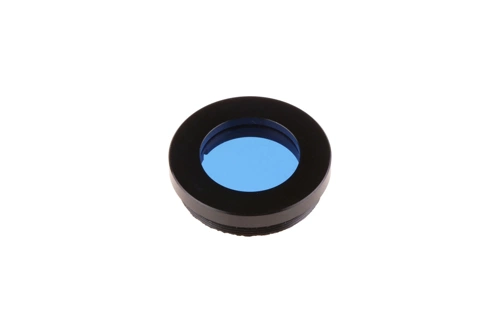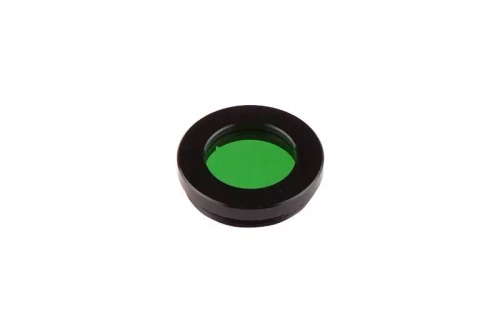Telescope filters
Both telescope accessories and the telescope itself are important if you plan to observe the cosmos. They can certainly include filters, which are designed to improve the quality of the image of the observed objects, so that it is possible to see more details. Depending on what kind of observation the particular filters are designed for, they inhibit and transmit particular wave frequencies. They are also responsible for suppressing light pollution - because too much brightness makes observations difficult.
What are the distinctions between telescope planetary color filters?
Even the best astronomical telescope must sometimes be equipped with a filter that will allow us to see objects in space in better quality. Both beginners and experienced astronomers often want to observe planets, the image of which changes depending on their location in the sky - a better image quality will be provided by so-called planetary filters. Planetary filters are colored accessories, in which each color has different features. In addition, we also distinguish between lighter and darker versions of colors, the use of which depends on the aperture of the telescope. The smaller it is, the brighter filters should be used.
The yellow filter is commonly used for observing Mars, and also allows you to see Neptune and Uranus on larger telescopes. A red filter will work well for observing Venus, and a dark blue filter is a popular choice for watching the disk of Jupiter. It is worth remembering that a filter of a particular color usually allows you to observe different planets, or rather specific phenomena and formations on their surface, so their classification is not strict. When choosing a filter color, you should also take into account the capabilities of your equipment and the properties of your own eye - each of us perceives images a little differently. Thus, the selection of filters is often done by trial and error.
The use of solar, nebula, and other filters
The sky is not only beautiful planets, but also the majestic Moon, Sun and deep space objects. These, too, are worth observing through a special filter dedicated to the particular celestial objects. For watching nebulae and galaxies, broadband filters, which reduce light pollution, and narrowband filters, which transmit light of a specific spectral line, are used. The lunar filter, on the other hand, is used when the Silver Globe is full. It improves the contrast of the image, so we can see the lay of its land: mountains, craters and seas. Finally, it is also necessary to mention the solar filter, which should be used whenever we want to look at the disc of the Sun. Not only for better views, but especially for our safety.
Remember, also, that particular models of filters work with specific models of telescopes, so check this before buying. The safest choice will be to buy a filter of the same brand as the telescope, for example, owners of Opticon telescopes will have a large choice among filters of this particular brand.






